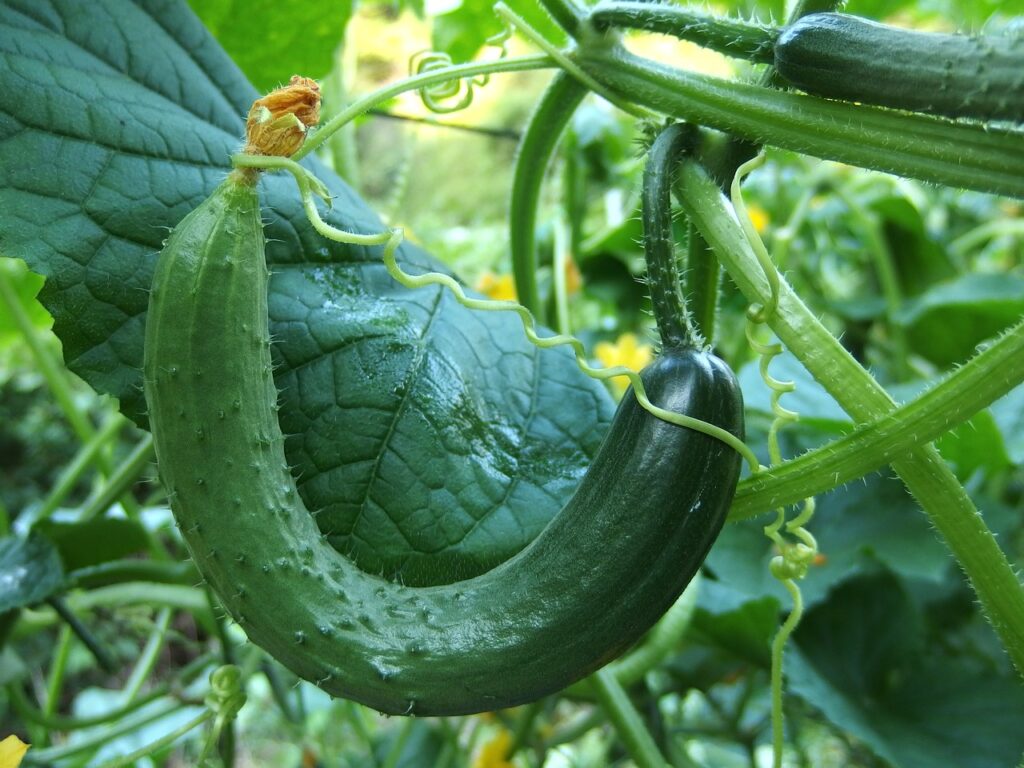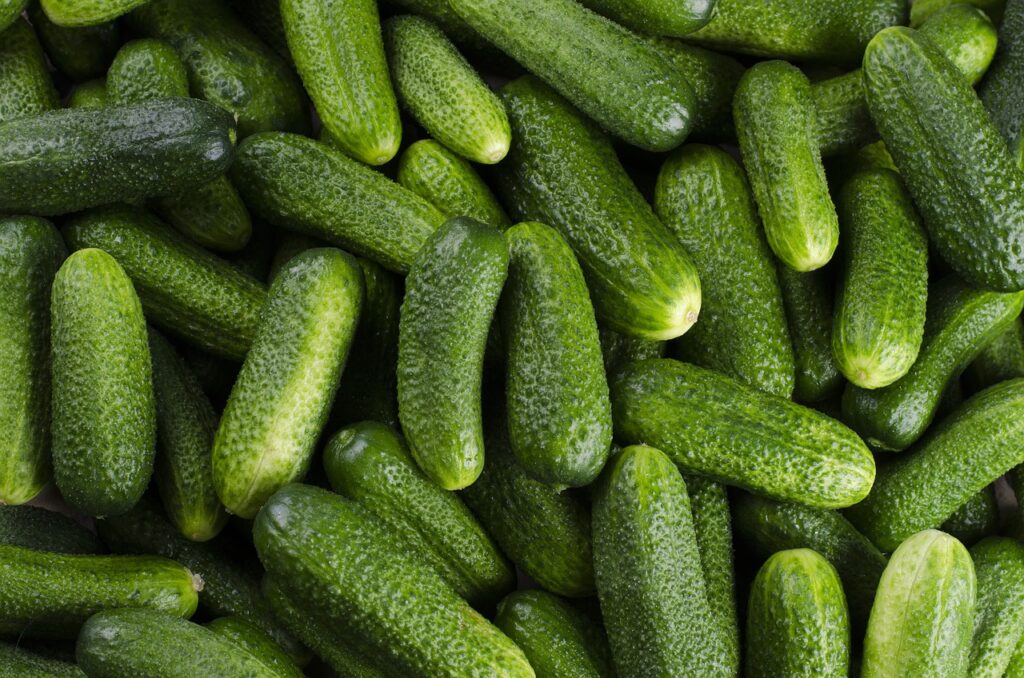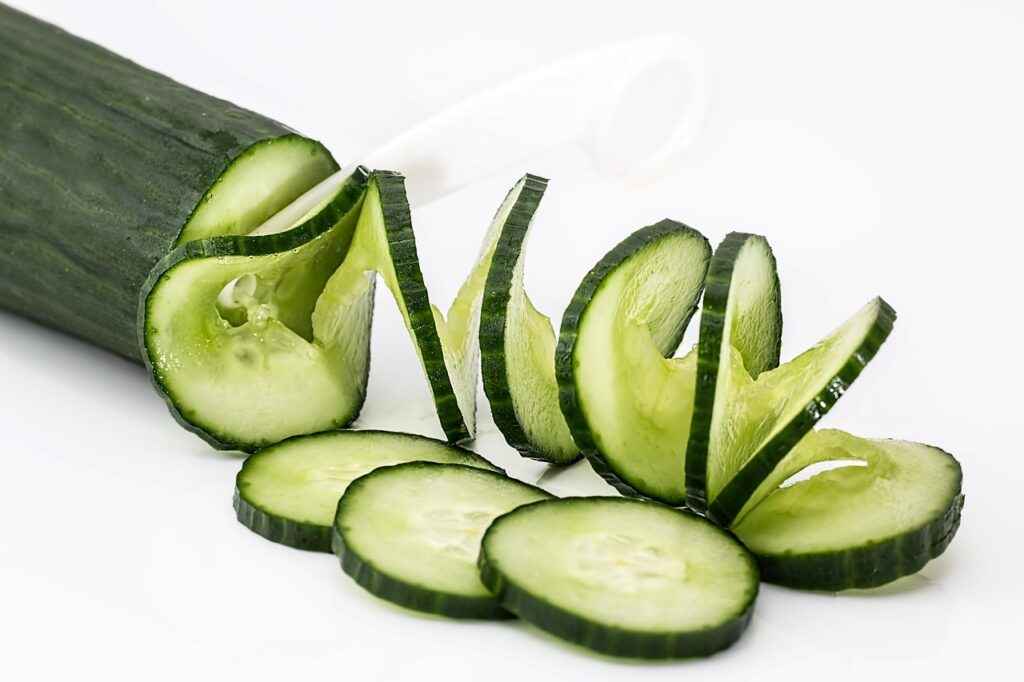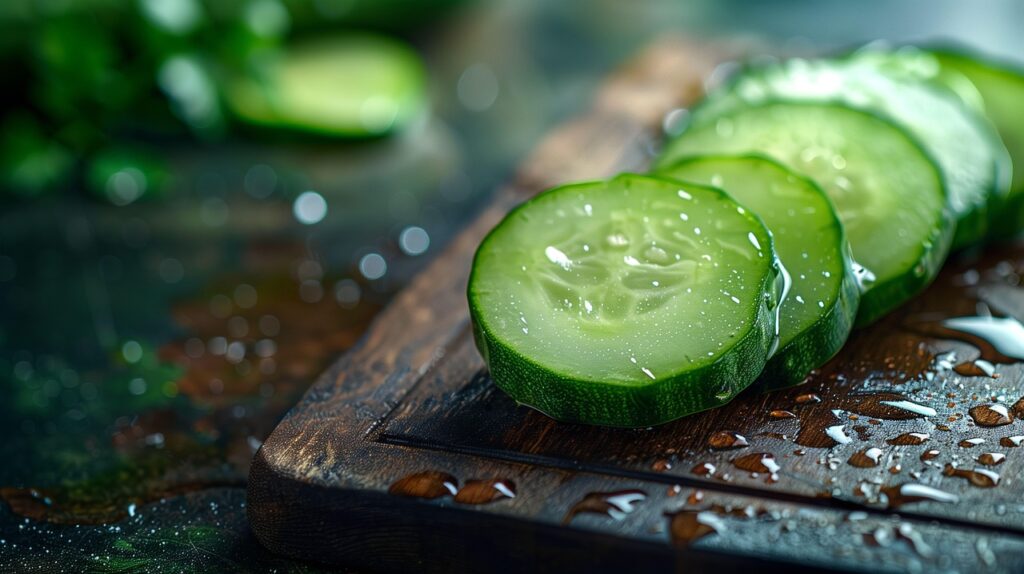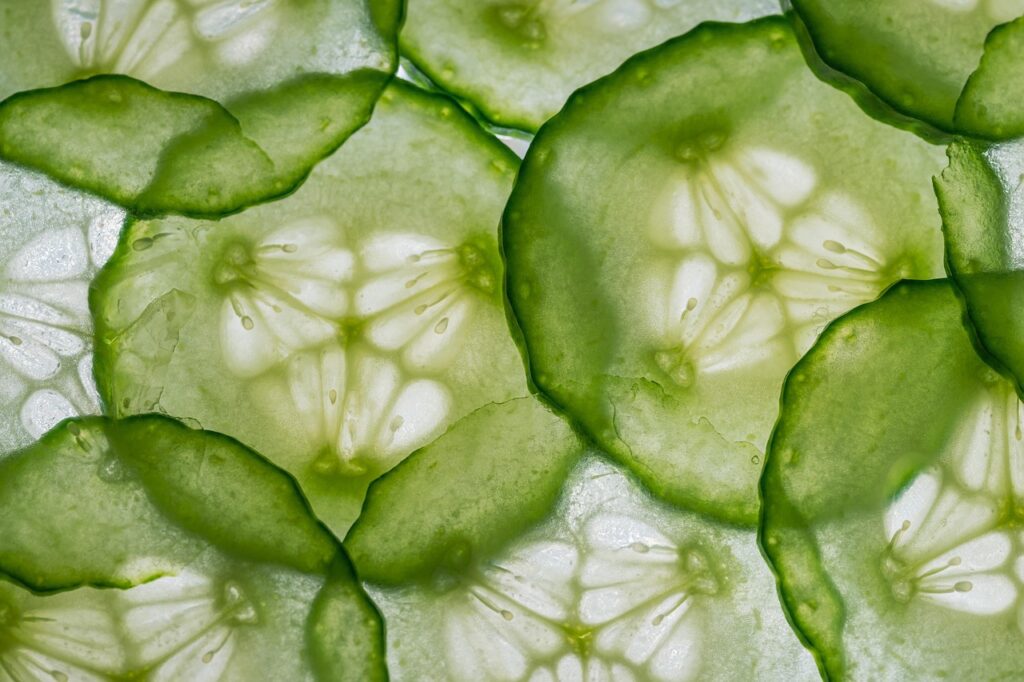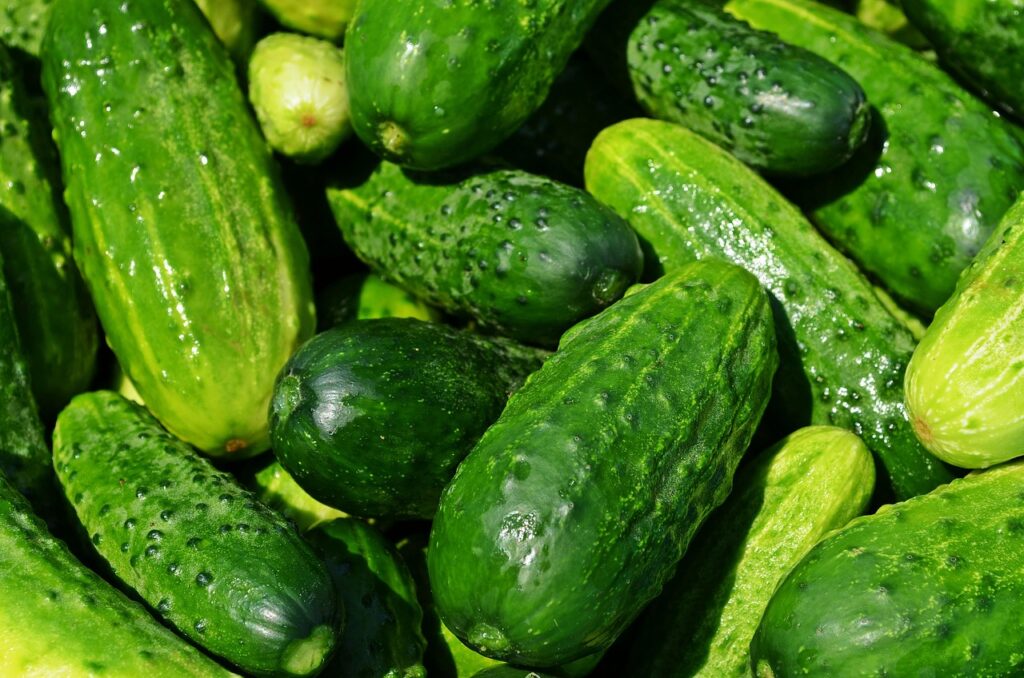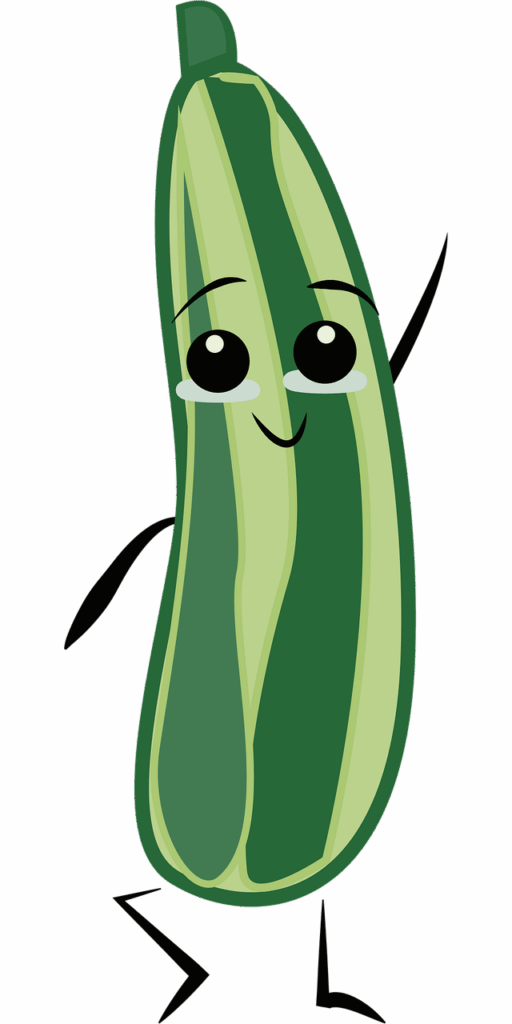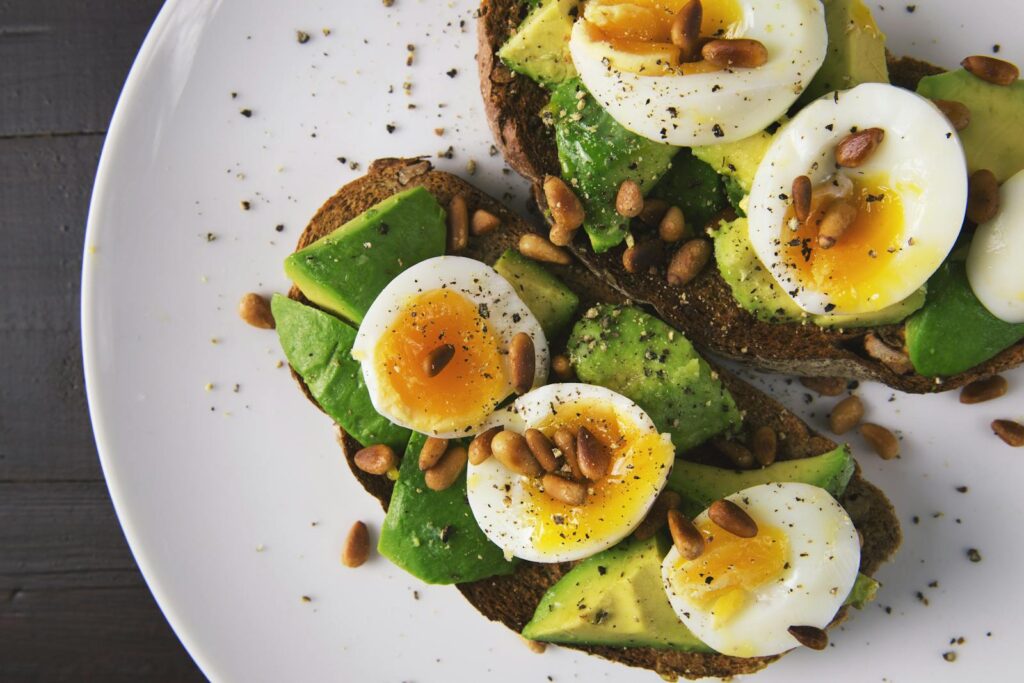
Have you ever found yourself in the produce aisle, staring at those perfectly long, slender English cucumbers, each meticulously wrapped in its own plastic cocoon, and wondered, “Why?” It’s a question that piques the curiosity of many, especially when their sturdier American cousins sit nearby, bravely baring their skins to the world. This seemingly simple packaging choice is, in fact, a fascinating tale of botany, logistics, and food science, designed to ensure that the refreshing crunch you crave makes it all the way to your plate.
We’re about to embark on an enlightening journey to uncover the specific, often surprising, reasons behind this ubiquitous plastic embrace. From the inherent vulnerabilities of their delicate skins to the intricate mechanisms by which plastic extends their shelf life and safeguards their pristine condition, we’ll peel back the layers of this everyday mystery. Prepare to have your intellectual appetite satisfied as we explore why these particular gourds get the special treatment and how it benefits everyone from the farm to your fridge.
So, grab a hypothetical magnifying glass – or perhaps a chilled slice of cucumber – and let’s delve into the compelling story of why English cucumbers consistently arrive wrapped in plastic. It’s more than just packaging; it’s a carefully considered strategy that ensures optimal quality, extends freshness, and addresses the unique needs of this beloved, versatile vegetable. And trust us, once you know the ‘why,’ you’ll never look at a plastic-wrapped cucumber the same way again.
1. **The Enigma of the Individually Wrapped English Cucumber**It’s a common sight at any grocery store: English cucumbers, long and elegant, each encased in its own protective shrink wrap. This stands in stark contrast to their American counterparts, which typically lie unwrapped on the shelves, seemingly robust enough to face the elements. If you’ve ever paused to ponder this difference, you’re not alone. The simple act of individually packaging these specific cucumbers points to an underlying necessity that’s rooted deeply in their very nature and the journey they undertake from the farm to your shopping cart.
The initial reason, as we’ll discover, is quite straightforward and surprisingly critical: it’s all about the skin. Unlike many other vegetables that boast thick, resilient outer layers, English cucumbers possess a delicate epidermis that demands special care. This fragile characteristic makes them particularly susceptible to damage and rapid spoilage, distinguishing them from their more rugged relatives and mandating a unique approach to their handling and presentation in the retail environment.
This beguiling question about plastic wrap ignites a sense of intellectual curiosity, turning a routine trip to the produce aisle into a moment of scientific inquiry. Understanding the ‘why’ behind this packaging decision offers a window into the complex world of food preservation, supply chains, and consumer expectations. It transforms a mundane item into an object of fascination, inviting us to appreciate the subtle but significant details that ensure our food arrives fresh and appealing.
2. **Unpacking the English Cucumber: A Delicate Masterpiece**English cucumbers are known by many names – hothouse, burpless, or European cucumbers – but they all refer to the same distinctive variety. These are the long, slender beauties that can stretch between 10 to 12 inches, almost double the length of other non-hothouse cucumbers. Their appearance alone hints at a refinement that sets them apart, suggesting a more delicate composition than their stout American cousins.
What truly distinguishes them, however, is their delicate skin and virtually undetectable seeds. This thin, palatable skin is a major draw for consumers, as it means there’s no need for peeling, allowing for immediate use in salads, sandwiches, or even just as a refreshing snack. This characteristic also contributes to their sweeter, milder taste, devoid of the slight bitterness that can sometimes accompany the thicker skins and larger seeds of other cucumber varieties.
This inherent delicacy, while a culinary advantage, is precisely what makes them so vulnerable. Their fine skin bruises easily, making them susceptible to damage during transport and handling. It’s this combination of desirable traits and inherent fragility that forms the cornerstone of our plastic-wrap mystery, making the packaging not merely an option, but a vital component of their journey to freshness and quality.
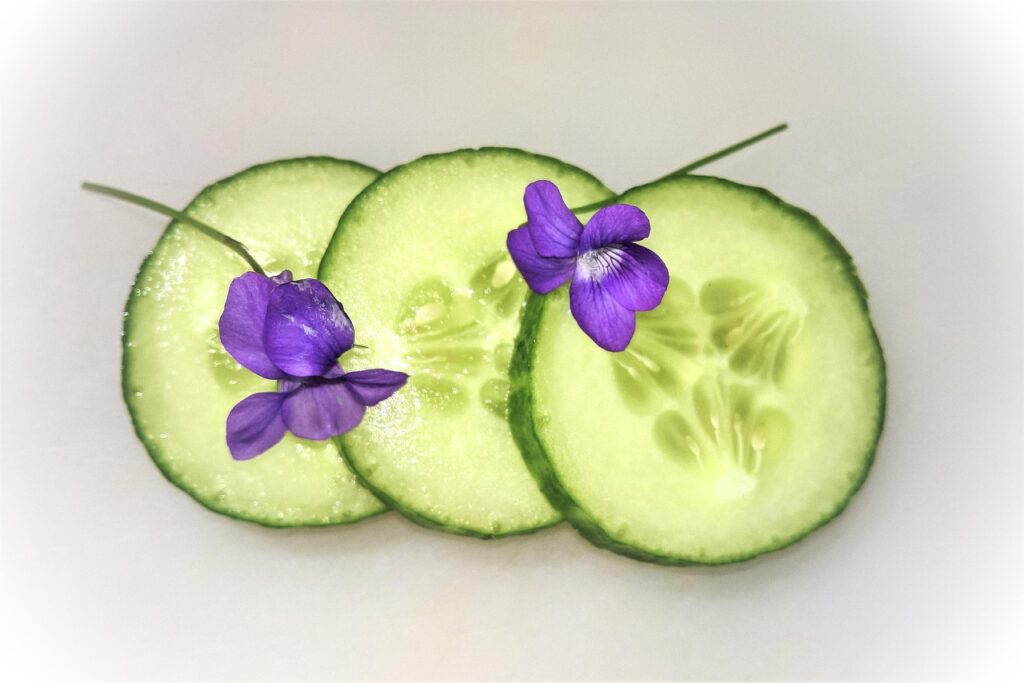
3. **The Thin Skin’s Vulnerability: Protection During Transit**The journey from farm to grocery store is fraught with potential hazards for any fresh produce, but for English cucumbers, their thin, delicate skin transforms these risks into significant threats. Unlike American cucumbers, which boast a thicker, tougher skin often coated in wax, English cucumbers are prone to nicks, scratches, and bruises with even slight impacts. This vulnerability is not just an aesthetic concern; damaged skin can rapidly lead to spoilage.
Shoppers, understandably, have a strong preference for unblemished produce. A cucumber with visible damage, even if minor, is often overlooked in favor of a pristine one. More critically, these superficial wounds create entry points for bacteria and fungi, accelerating the development of mold and rot. Without protection, a significant portion of the harvest could be rendered unsellable, leading to substantial food waste and economic losses for growers and retailers.
This is where the plastic wrap steps in as a silent guardian. It acts as an essential “extra layer of protection,” shielding the delicate skin from the bumps, rubs, and pressures it might encounter during packing, stacking, and transportation. This physical barrier significantly reduces the potential for damage, ensuring that the cucumbers arrive at the store looking as fresh and appealing as possible, ready to be enjoyed by consumers without compromise.
4. **Airtight Second Skin: Locking in Freshness and Moisture**The plastic wrap on English cucumbers isn’t just about physical protection; it’s a sophisticated system designed to combat their natural predisposition to moisture loss. Cucumbers are composed primarily of water, and their thin skin, while delicious, is not as efficient at retaining this vital moisture as the thicker skins of other varieties. Without intervention, they would quickly dehydrate, becoming limp, wilted, and undesirable.
This is where the concept of an “airtight second skin” becomes crucial. The shrink wrap creates a sealed environment around each cucumber, drastically reducing its exposure to air. This barrier prevents moisture from escaping through the skin, effectively locking in the cucumber’s natural hydration. By maintaining a consistent humidity level around the vegetable, the plastic wrap acts as an insulator, slowing down the process of desiccation and keeping the cucumber crisp and firm.
The reduction of moisture loss has a direct and significant impact on shelf life. Cook’s Illustrated notes that this airtight seal reduces spoilage and condensation, which are common culprits in the rapid decay of unwrapped produce. By preventing the cucumber from losing weight and becoming dehydrated, the plastic wrap can extend its freshness for a remarkable period, often allowing a standard English cucumber to last about 10 days, significantly longer than its unwrapped counterpart.
5. **Beyond the Store: Plastic’s Role in Home Storage**The benefits of that plastic wrap don’t magically cease once your English cucumber makes it home from the grocery store. In fact, the plastic continues to play a vital role in preserving its freshness right up until you’re ready to slice and serve. Many might be tempted to unwrap their cucumbers immediately upon arrival, thinking the danger of transit has passed, but this can be a premature mistake that shortens their vibrant life.
The plastic film acts as an effective insulator even within the controlled environment of your refrigerator. Cucumbers, despite being accustomed to cooler temperatures in their growth, can still be susceptible to ‘cold injuries’ or accelerated dehydration within the typical home fridge, which can fluctuate in humidity. The wrap helps to mitigate these effects, creating a micro-environment that shields the cucumber from the drying air and maintains a more stable moisture level around its delicate surface.
Life at the Table highlights that English cucumbers lose exponentially less weight and stay fresher far longer when they remain individually wrapped in plastic shrink wrap. This means a plastic-covered cuke could still be in great condition after some 10 days in your refrigerator. Therefore, it’s generally recommended to leave the plastic on until you’re literally about to use it, ensuring that you get the maximum crispness and enjoyment from your purchase.
6. **Hygiene and Food Safety: A Clean Barrier**Beyond physical protection and moisture retention, the plastic wrap on English cucumbers serves another critically important function: hygiene and food safety. In a world increasingly conscious of cleanliness and contamination, this barrier provides a reassuring layer of defense for a vegetable often consumed raw and unpeeled. The produce section, despite its fresh appearance, is a public space where many hands can come into contact with items.
The wrap creates a barrier that prevents the cucumbers from coming into direct contact with dirt, germs, or other contaminants that might be present in the environment—be it during packing, transit, on the store shelf, or even in your own fridge. This is particularly vital for English cucumbers, as their thin, edible skin means they are rarely peeled before consumption, making any surface contamination a direct concern for the eater.
Furthermore, the plastic film plays a role in slowing down the internal decomposition process and preventing bacteria and other microorganisms from growing on the cucumbers. By individually wrapping them, the risks of cross-contamination with other foods, both in the grocery store and in your home refrigerator, are significantly reduced. This comprehensive approach to protection ensures that the cucumbers remain safe to eat for a longer period, promoting overall food safety for consumers.
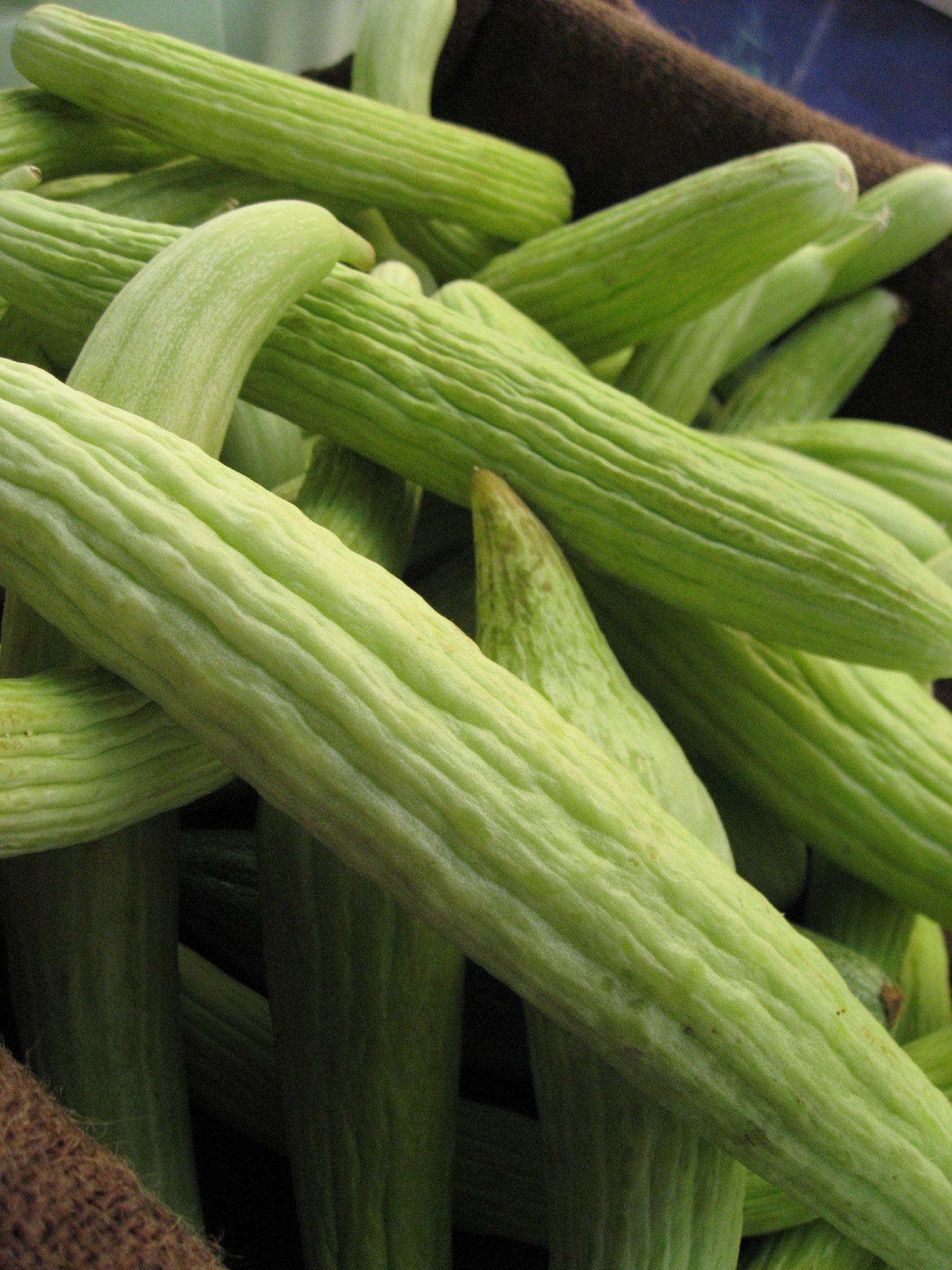
7. **A Nutritional Powerhouse: Why Cucumbers Matter**While we’ve delved deep into the practicalities of packaging, it’s worth remembering *why* we go to such lengths to protect these particular vegetables. Cucumbers are far more than just a refreshing crunch; they are a nutritional powerhouse and a versatile ingredient cherished across countless cultures. Belonging to the Cucurbitaceae (gourd) family, they are distant cousins to beloved fruits and vegetables like melons, pumpkins, and squash, sharing a rich botanical heritage.
These verdant gems are brimming with health benefits, making them a wise addition to any diet. They are exceptionally hydrating, composed largely of water, which makes them perfect for staying cool and refreshed, especially during warmer months. Beyond hydration, all types of cucumbers are packed with antioxidants, which combat free radicals in the body, and they have also been associated with lowering cholesterol levels and helping to regulate blood sugar, contributing to overall well-being.
Their mild sweetness and crisp texture make them incredibly adaptable in the kitchen. From the cooling depths of tzatziki and the vibrant zest of Israeli and Greek salads to the simple elegance of crudités or sophisticated cocktails, cucumbers are a star ingredient. Their ability to enhance a myriad of dishes, combined with their significant health benefits, underscores why ensuring their freshness through meticulous packaging is a worthwhile endeavor, allowing us to enjoy their full potential.” , “_words_section1”: “1947

8. **The Broader Cucumber Family: American vs. English**Having peeled back the layers of the English cucumber’s plastic enigma, it’s fascinating to widen our lens and explore its more common counterpart: the American cucumber. Often found unwrapped and seemingly more robust in the produce aisle, this variety presents a stark contrast in characteristics and, consequently, in its packaging needs. The visual difference alone – shorter, thicker, and generally stouter – hints at a fundamental distinction in their botanical makeup that dictates their post-harvest journey to your kitchen.
American cucumbers, unlike their delicate hothouse relatives, are typically 6 to 9 inches long and possess a tough, thicker skin. This natural armor is often further augmented by a wax coating, a traditional practice designed to enhance its shelf life and protect it from the rigors of handling and environmental stressors. This formidable exterior means they are far less susceptible to bruising, nicks, and moisture loss, rendering the individual plastic wrap unnecessary for their preservation and transport.
However, this thicker skin, while practical for durability, comes with its own trade-offs on the culinary front. It can sometimes impart an unpleasant bitter aftertaste, leading many consumers to peel American cucumbers before consumption, despite its inherent robustness. This is a key differentiator when comparing its eating experience to the ‘burpless,’ sweet, and thin-skinned English variety, which is enjoyed entirely, skin and all, illustrating how specific traits lead to different handling and consumption rituals.
9. **Exploring Other Distinct Varieties: Persian, Pickling, and Lemon Cucumbers**Beyond the familiar English and American varieties, the world of cucumbers is a vibrant tapestry woven with numerous unique types, each boasting its own charm, culinary application, and, sometimes, packaging quirks. It’s a testament to the versatility of this gourd family that such a diverse array exists, catering to every palate and recipe imaginable. Delving into these distinct varieties further enriches our understanding of why certain cucumbers get the special treatment they do.
Consider the Persian cucumber: small, often bumpy, and delicately sweet. These compact gems are perfect for snacking or adding a crisp, subtle flavor to green salads. Intriguingly, like their English cousins, Persian cucumbers are also frequently sold in plastic wrapping. This practice stems from their similarly thin, delicate skin, which, though not as elongated as the English variety, still requires protection to maintain its freshness and prevent damage during its journey to the consumer.
Then there are the pickling cucumbers, often smaller and firmer, specifically cultivated for their ability to transform into classic gherkins once submerged in a briny solution. These are the unsung heroes of many a burger or sandwich, delivering a delightful tangy kick. While not typically individually plastic-wrapped, their robust nature is perfectly suited for their intended purpose, enduring the pickling process to emerge as a staple condiment.
And for those seeking something truly out of the ordinary, the circular lemon cucumber offers a delightful surprise. With its round, yellow skin, it resembles a lemon, but its taste is distinctly cucumber, albeit with a tart, vibrant pop. This variety infuses salads with a refreshing twist or can be enjoyed simply sprinkled with salt. The vast array of cucumber types truly highlights that the right choice can make all the difference, whether for a crudité board, a refreshing drink, or an exotic salad.

10. **Culinary Versatility Across Cucumber Types**As we’ve seen, the cucumber family is far from monolithic, with each member bringing its own distinct qualities to the table. This diversity translates directly into a fascinating spectrum of culinary uses, where specific cucumber types are often chosen for their unique textures, flavors, and forms to enhance a myriad of dishes. It’s a culinary lesson in itself to appreciate how these subtle differences dictate their ideal applications.
American cucumbers, with their thicker skin and slightly more pronounced flavor, are a staple for adding a fresh, satisfying crunch to sandwiches and large veggie platters. While their skin might be peeled to avoid any potential bitterness, their affordability and hearty texture make them a go-to for everyday culinary tasks where robust structure is desired. They reliably provide that refreshing bite without overpowering other ingredients.
English cucumbers, on the other hand, shine in more refined applications. Their inherent sweetness, seedless interior, and delicate, edible skin make them the quintessential choice for sprucing up cocktails with elegant twirly shapes or whisking into an impossibly refreshing cucumber margarita. They are also indispensable in light, fresh salads where their subtle flavor can truly sing, such as in tzatziki or sophisticated crudités, where peeling is simply unnecessary.
Persian cucumbers, with their small size and sweet taste, are ideal for snacking straight out of hand, offering a perfect bite-sized refreshment. They also integrate beautifully into green salads, providing a crisp texture and mild flavor that complements other fresh ingredients. Pickling cucumbers, as their name suggests, are specifically bred for pickling, transforming into gherkins that add a briny, acidic counterpoint to rich foods, enhancing the umami profile of dishes like burgers, even with the addition of soy sauce. The novel lemon cucumber, with its tart and vibrant pop, is another fantastic option for salads, or simply enjoyed on its own with a pinch of salt.
Read more about: For Real, What’s Up? 15 Formerly Beloved American Eats That Have Quietly Disappeared from Our Plates
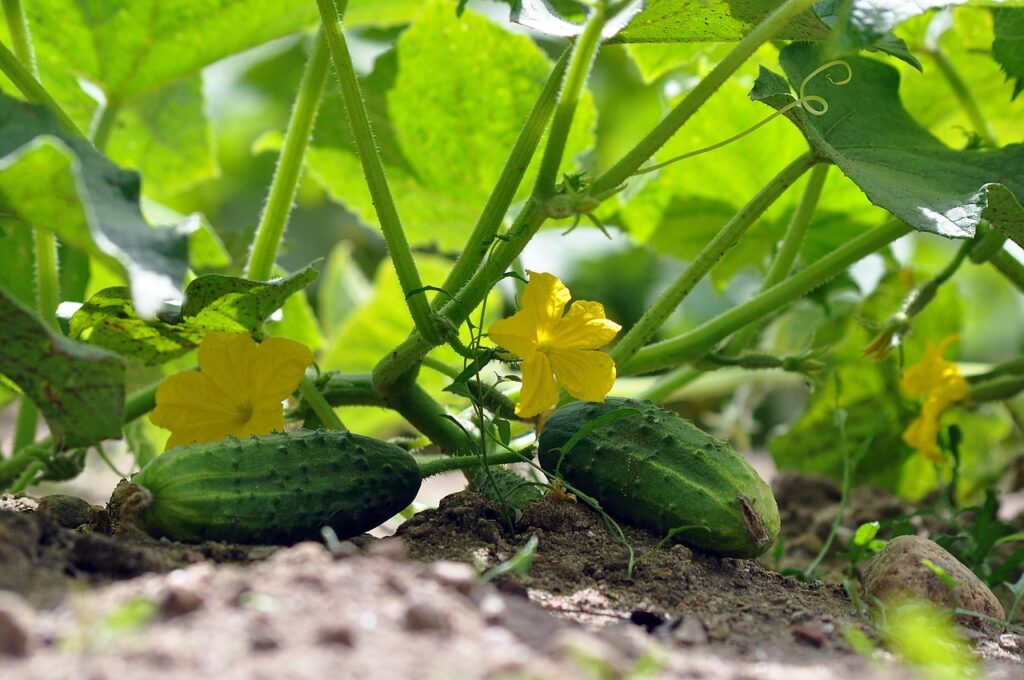
11. **The Environmental Quandary: Plastic Wrap’s Contradictory Impact**After exploring the undeniable benefits of plastic wrap for English cucumbers – its role in protection, moisture retention, and hygiene – a critical question emerges, one that weighs heavily on the minds of environmentally conscious consumers: what about its impact on the planet? This seemingly innocuous packaging, while extending shelf life and reducing food waste, simultaneously contributes to a much larger global challenge: plastic pollution.
Plastic waste, as we’re all increasingly aware, constitutes a significant environmental problem. The sight of single-use plastics pervading our landfills and oceans has ignited a widespread movement for reduction, reuse, and recycling. It’s an intriguing paradox that a solution designed to minimize one form of waste – food spoilage – can simultaneously exacerbate another pressing issue – the proliferation of non-biodegradable materials. The conversation around plastic-wrapped produce often asks, if we’re moving away from plastic bags, why are we still wrapping our food directly in plastic?
The heart of this debate often comes down to a delicate balance: the imperative to keep food safe and edible, thereby reducing food waste, versus the undeniable environmental impact of plastic wrap. While a longer-lasting cucumber means potentially less frequent deliveries and a reduction in waste, which indirectly affects greenhouse gases, the improperly disposed-of plastic itself can be ‘dastardly for the environment.’ This complexity fuels consumer concern, evident in petitions calling for ‘no more non-biodegradable plastic on cucumbers!’, highlighting a clear desire for more sustainable solutions.
Economically, plastic remains a favored choice because of its affordability. The fresher the cucumber, the more produce is sold, translating into increased profits for the entire supply chain. This economic incentive often clashes with environmental aspirations, making the transition to more sustainable, yet potentially costlier, alternatives a challenging but crucial undertaking for the industry.
12. **Innovative Alternatives: Plant-Based Coatings and Wraps**Recognizing the growing concern over plastic waste, a wave of innovation is sweeping through the produce industry, bringing forth ingenious solutions designed to maintain freshness without the environmental cost of traditional plastic wrap. These pioneering alternatives aim to replicate the protective benefits of plastic using sustainable, often natural, materials, signaling a hopeful shift towards a greener future for produce packaging.
One of the most prominent innovators in this space is Apeel Sciences, a company making concerted efforts to assist in the plastic removal project. Apeel has developed a remarkable ‘plant-based’ coating, essentially an edible ‘peel’ derived from food, which is applied directly to the surface of produce. This innovative solution is designed to ‘slow water loss and oxidation that can lead to spoilage,’ effectively mimicking and amplifying what a natural peel does to protect its contents. It creates a barrier that keeps moisture in and oxygen out, thus elongating the shelf life of cucumbers and eliminating the need for shrink wrap.
This technology isn’t just theoretical; it’s already making its way into the market. As of late 2020, Apeel Long English Cucumbers were being sold in supermarkets and Walmarts in the western U.S., pairing with greenhouse grower Houwelling’s to produce plastic-free cucumbers. The plant-based peel, almost akin to a banana leaf, is not only plastic-free but also edible, ensuring that the cucumbers remain purely emerald green and protected.
The environmental benefits are significant. Fortune reported that ‘every 500,000 cases of Apeel English cucumbers shipped will lead to the elimination of the equivalent of 820,000 single-use plastic after bottles and reduce green gas emissions by the equivalent of planting 790 trees.’ This tangible impact demonstrates the potential of such innovations to drastically reduce plastic waste and carbon footprint, offering a compelling vision for sustainable food systems.
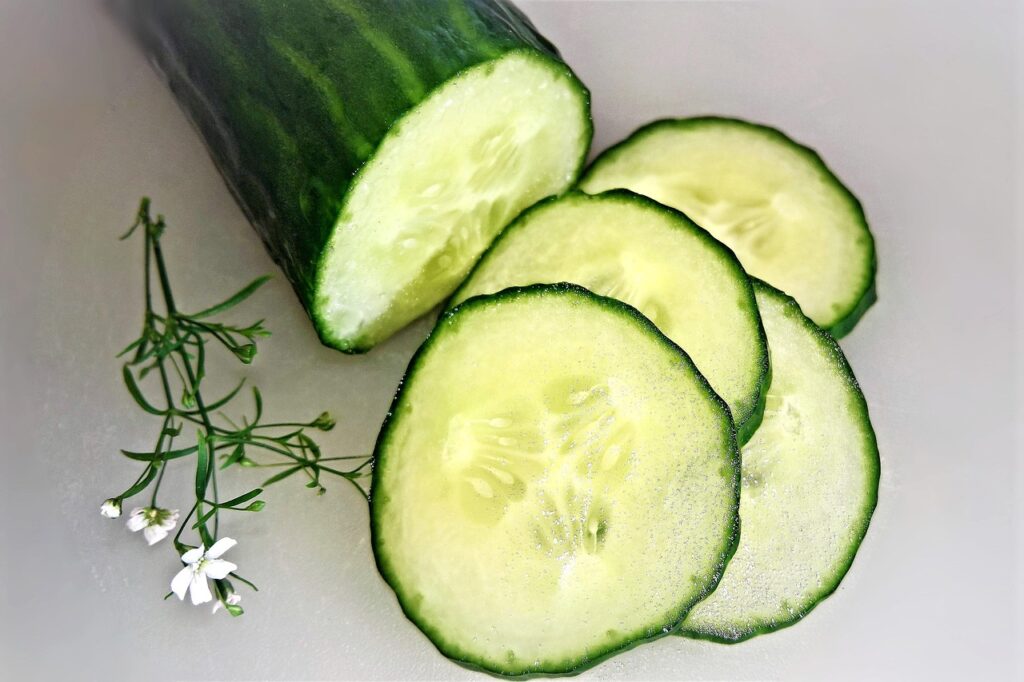
13. **Beyond Apeel: A Spectrum of Eco-Friendly Packaging Solutions**While Apeel’s plant-based coating represents a significant leap forward, the quest for sustainable packaging extends to a diverse array of other eco-friendly alternatives, each tackling the plastic problem from a different angle. The industry is buzzing with creative solutions, from compostable materials to specialized glass, reflecting a collective commitment to minimizing environmental impact while ensuring produce quality.
NatureFresh Farms, for instance, has embraced a 100% compostable cucumber wrap made from a starch-based material. This innovative wrap is designed to decompose, returning to the earth without leaving harmful residues, offering a direct biodegradable replacement for traditional plastic film. Similarly, Compostic provides compostable cling wrap and resealable bags, presenting a low-waste option for consumers to keep their cucumbers fresh at home, aligning with the growing demand for zero-waste lifestyles.
Beyond wraps and bags, other companies are exploring unique approaches. Miron Violetglass produces and distributes glass packaging made from trademarked ‘biophotonic’ violet glass, which specializes in protecting and enhancing natural products by filtering light, thereby extending their shelf life. While not a direct cucumber wrap, it showcases how specialized materials can contribute to preservation without conventional plastics.
Furthermore, supply chain companies like Castellini offer specialized packaging solutions for traditional and organic growers, implicitly working towards more sustainable options within their comprehensive logistics services. Crawford Packaging has developed a trayless packaging solution for mini cucumbers that not only reduces packaging volume but also offers a PVC-free alternative, addressing both cost-effectiveness and sustainability. Even custom label manufacturers like Presto Labels & Packaging are evolving, providing digital and flexo flexible packaging and shrink sleeves that are increasingly designed with environmental considerations in mind, indicating a widespread industry shift towards more conscious material choices.
14. **Practical Tips for Plastic-Free Home Storage**For those who wish to actively participate in reducing plastic waste, or perhaps have harvested their own cucumbers, managing storage without the ubiquitous plastic wrap is entirely achievable with a few thoughtful practices. While English cucumbers typically arrive pre-wrapped, understanding how to store other varieties, or even how to handle unwrapped English cucumbers, can significantly impact their freshness and longevity in your own home.
Firstly, regardless of the variety, it’s crucial to keep cucumbers away from direct sunlight and heat sources, as these accelerate ripening and spoilage. A cool, consistent temperature is key. For unwrapped cucumbers, the refrigerator is generally the best place for storage, though without the plastic barrier, their shelf life will likely be shorter, often less than a week, as they are more susceptible to drying out in the fridge’s cool, dry air.
To mitigate this moisture loss, consider alternative wrapping materials. A paper bag or a cloth bag can provide a breathable, protective layer that helps maintain a more stable environment around the cucumber. Some sources suggest a slightly unsealed plastic bag or container to prevent excessive moisture accumulation while still offering some protection against dehydration. The goal is to create a micro-climate that balances humidity without promoting condensation, which can lead to mold.
Ultimately, regular checks on your stored cucumbers are essential to ensure they are not spoiling. Look for signs of wilting, softening, or discoloration. By embracing these plastic-free storage methods and staying vigilant, consumers can make informed choices, extend the life of their produce, and contribute to a more sustainable household, proving that the ‘right’ way to store a cucumber isn’t always the one that comes pre-packaged.
***
The narrative of the English cucumber, from its delicate nature to its carefully considered plastic embrace, is far richer than a casual glance in the grocery aisle might suggest. It’s a story intertwining botany, logistics, food science, and increasingly, environmental consciousness. While the plastic wrap has served as a silent guardian, ensuring the crisp, fresh crunch we all adore, the global dialogue around sustainability is now propelling us toward innovative and greener horizons. We’ve journeyed through the intricate reasons for its existence, explored the diverse world of its cucumber cousins, and charted the exciting emergence of plant-based coatings and compostable alternatives. The future of produce packaging, particularly for our beloved English cucumbers, is poised for a transformative shift, promising to deliver that refreshing taste experience with an ever-lighter footprint on our precious planet. It’s an exciting time to be a cucumber enthusiast, watching as science and sustainability converge to bring us the best of both worlds.

